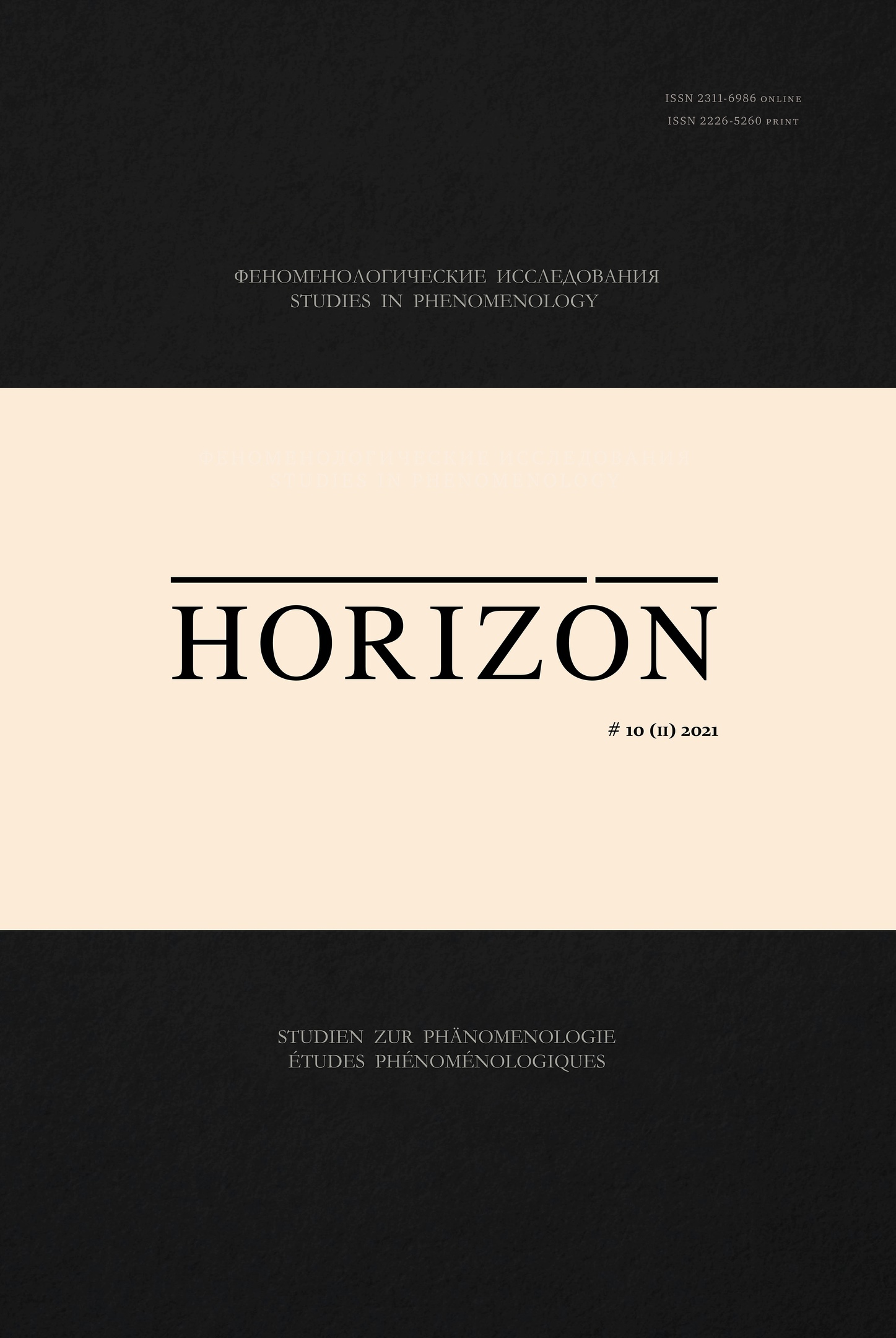ZWEI PHASEN IN DER ENTWICKLUNG DER UNTERSUCHUNG
HEDWIG CONRAD-MARTIUS‘ ZUM SEIN DES MENSCHEN UND
DER LEBEWESEN
TWO PHASES IN THE DEVELOPMENT OF HEDWIG CONRAD-MARTIUS’ ONTOLOGICAL INVESTIGATION ON HUMAN BEING AND LIVING THINGS
Author(s): Simona BertoliniSubject(s): History of Philosophy, Metaphysics, Contemporary Philosophy, Phenomenology, Ontology
Published by: Издательство Санкт-Петербургского государственного университета
Keywords: human nature; spirit; soul; living beings; essence; ontology; metaphysics;
Summary/Abstract: Interest in the ontological constitution of living beings (with particular reference to the human being)characterizes the whole development of Hedwig Conrad-Martius’ philosophy. Several works written bythe philosopher over the years deal with both the phenomenological description and the ontologicalfoundation of the difference between plants, animals, and humans. Specifically, the ontological structureof the human being is investigated as a layered structure which presupposes those of plants andanimals while overcoming them in a more complex and spiritual unity, on which human freedom andhuman knowledge depend. Although this topic maintains a crucial role in Conrad-Martius’ thought,the way the philosopher addresses it and the theoretical results of her phenomenological-ontologicalinquiry about it do not remain unchanged. Indeed, the ontological structure at the basis of phenomenaldifferences as well as the metaphysical foundations of this structure change over the decades. This paperaims at distinguishing between two phases, characterized by different ontological categories, throughwhich Conrad-Martius’ anthropology and biological ontology develop. In the first phase, at the beginningof the twenties (precisely in her work Metaphysical Dialogues), the essential differences between plants, animals, and humans are explained with reference to a vital origin preceding the constitution of reality; to describe it Conrad-Martius employs terms such as “abyss” and “under-earthly realm.” In the second phase, exemplified by some writings published in the forties and the fifties, the reference to such a dimension disappears and the eidetic variety within the living world, including human specificity,is exclusively traced back to the finalistic substantiation of essences in the natural beings.
Journal: Horizon. Феноменологические исследования
- Issue Year: 10/2021
- Issue No: 2
- Page Range: 398-424
- Page Count: 27
- Language: German

